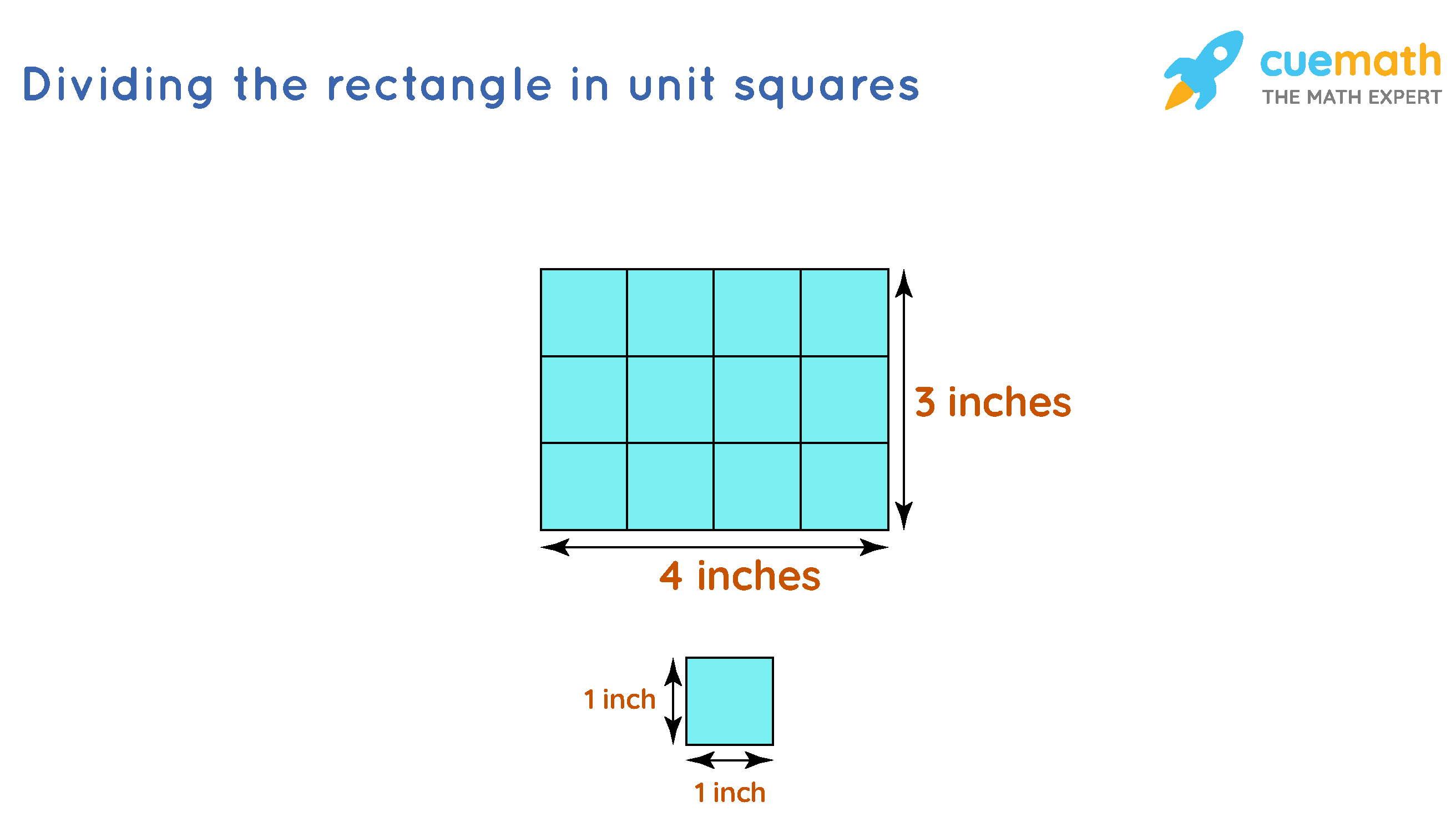

Similarly, if the area of the rectangle and the width is known, the length can be calculated by using the formula for the area of a rectangle and substituting the known values. On solving this, we get length + 4 = 16, that is, length = 12 units. Let us substitute the known values in the formula, 32 = 2 (length + 4). For example, if the perimeter of a rectangle is 32 units and its width is 4 units, we can use the perimeter formula to get the length. The length of a rectangle can be calculated if the perimeter and the width is known. One of the most common geometrical figures that we see in our day-to-day life is a rectangle. The shorter side of a rectangle is called its breadth (width) and the longer side is the length. Difference Between Square and RectangleįAQs on Rectangle What is a Rectangle in Geometry?Ī rectangle is a two-dimensional shape ( 2D shape) in which the opposite sides are parallel and equal to each other and all four angles are right angles.For instance, if the width is about 1 foot long then the length will be 1.168 feet long. Its sides are defined according to the golden ratio, that is, 1: 1.618. Observe the square given below which fulfills all the properties of being a rectangle.Ī golden rectangle is a rectangle whose 'length to the width' ratio is similar to the golden ratio, 1: (1+⎷5)/2. The interior angle at each vertex is 90º which satisfies the definition of the rectangle. It is a type of rectangle in which all four sides are equal. There are two types of rectangles:Ī square is a closed two-dimensional shape with four equal sides and four equal angles. The length of the diagonals is calculated by using the length and width. Perimeter of a Rectangle Formula = 2 (Length + Width) Types of RectanglesĪ quadrilateral whose opposite sides are equal and adjacent sides meets at 90° is called a rectangle. The formula for the perimeter, 'P' of a rectangle whose length and width are 'l' and 'w' respectively is 2(l + w). The formula used to calculate the perimeter of a rectangle is explained below. For example, if you need to decorate the border of your rectangular notebook, you can easily calculate how much ribbon you would need by finding the perimeter or if you need to put a fence around your garden, the perimeter of the garden will give you the exact length of wire you would need. It can be taken as the sum of the total measure of the length and width of the rectangle and it is expressed in linear units like cm, inches, and so on. The perimeter of a rectangle is the length of the total boundary of a rectangle. The formula for the area of a rectangle whose length and width are 'l' and 'w' respectively is the product of its length and width, that is: Thus, the area of a rectangle can be calculated when its sides (length and width) are known. Thus, the Area of the rectangle = 12 square inches. Since the unit of this rectangle is given in inches, the area is measured and written in square inches. We have already learned that area is measured in square units. How many squares can you observe? There are 12 squares in all. Now, count the number of unit squares in the below figure. Each unit square is a square of length 1 inch.

Let us draw unit squares inside the rectangle. For example, let us consider a rectangle of length 4 inches and width 3 inches. We can use the formula of the area of a rectangle to find the space occupied by these objects. Some examples of rectangular shapes are the flat surfaces of laptop monitors, blackboards, painting canvas, etc. In other words, the space occupied by a rectangle is the area of the rectangle. The area of a rectangle is the number of unit squares that can fit into a rectangle.


 0 kommentar(er)
0 kommentar(er)
